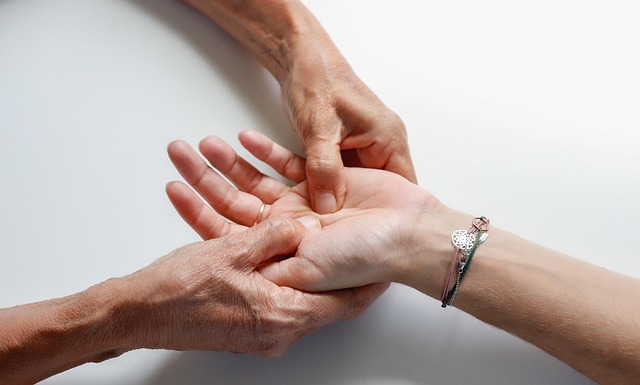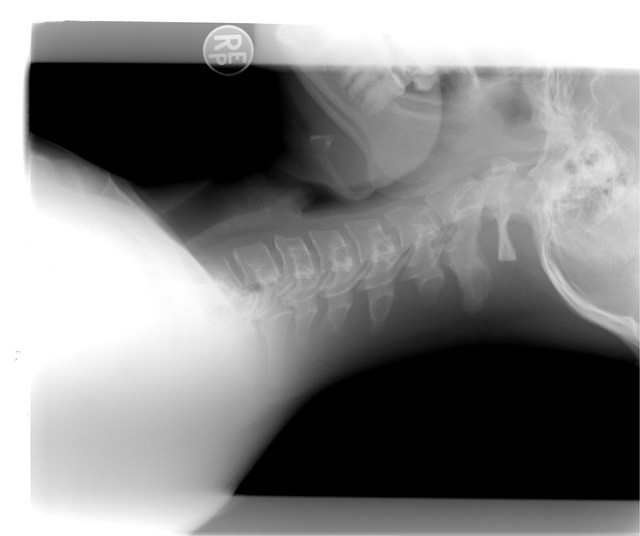Digital nerves, crucial components of our peripheral nervous system, are susceptible to injuries that can lead to diminished sensory function. Among peripheral nerve injuries, digital nerve injuries are the most prevalent. Ensuring optimal recovery of functional sensibility in such cases is of paramount importance. In this pursuit, a groundbreaking prospective randomized controlled study, conducted by A.S. Cheng, et. al., (2000) explores the potential benefits of early tactile stimulation in rehabilitating digital nerve injuries.
Cheng’s study delved into a novel approach involving the application of early tactile stimulation for rehabilitating digital nerve injuries. Specifically designed tactile stimulators were crafted and administered to a group of participants who had sustained digital nerve injuries. The experimental group comprised 24 participants, encompassing 32 digital nerve injuries, who received the prescribed tactile stimulators. In contrast, the control group consisted of 25 participants with 33 digital nerve injuries who were subjected to routine conventional therapy.
The outcomes of this study illuminated a significant divergence in the experimental group (p < .05). Notably, the efficacy of early tactile stimulation demonstrated variability across different categories of associated injuries. While the experimental group exhibited substantial improvement, the extent of benefit varied, with the combined nerve, tendon, and bone injury class displaying the least pronounced advancement.
Drawing from the results, it is evident that the application of early tactile stimulation, as elucidated in Cheng’s study, presents a promising avenue for augmenting the quality and magnitude of recovery in cases of digital nerve injuries. Importantly, this technique proves particularly effective when digital nerve injuries are unaccompanied by concurrent nerve, tendon, and bone damage. The implications of this study are far-reaching, offering healthcare practitioners and patients alike a novel approach to fostering functional sensibility recovery in digital nerve injuries.
In summary, Cheng’s study underscores the potential of early tactile stimulation as a valuable asset in the realm of digital nerve injury rehabilitation. By shedding light on the intricacies of its efficacy under varying injury contexts, this research contributes significantly to the advancement of medical interventions for enhancing sensory function recovery in peripheral nerve injuries.
Reference: Cheng, A. S. K. (2000). Use of early tactile stimulation in rehabilitation of digital nerve injuries. The American Journal of Occupational Therapy, 54(2), 159-165.




